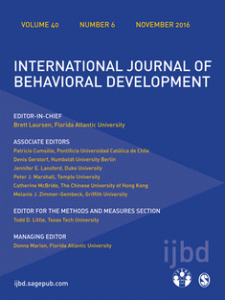More than poverty: Pathways from economic inequality to reduced developmental potential
| Año | : | 2016 |
|---|---|---|
| Autor/es | : | Theodore Wachs, Santiago Cueto, Haogen Yao |
| Área/s | : | Pobreza y equidad |
Wachs, Theodore; Santiago Cueto y Haogen Yao (2016). More than poverty: pathways from economic inequality to reduced developmental potential. International Journal of Behavioral Development, 40(6), 536-543.
Studies from both high and low-middle income (LAMI) countries have documented how being reared in poverty is linked to compromised child development. Links between poverty and development are mediated by the timing and extent of exposure to both risk factors nested under poverty and to protective influences which can attenuate the impact of risk. While children from high-, middle-, and low-income countries are exposed to similar types of developmental risks, children from low- and middle-income countries are exposed to a greater number, more varied and more intense risks. Given these contextual differences, cumulative risk models may provide a better fit than mediated models for understanding the nature of pathways linking economic insufficiency and developmental inequality in low- and middleincome countries, and for designing interventions to promote development of children from these countries. New evidence from a large scale UNICEF data set illustrates the application of a cumulative risk/protective perspective in low- and middle-income countries.






